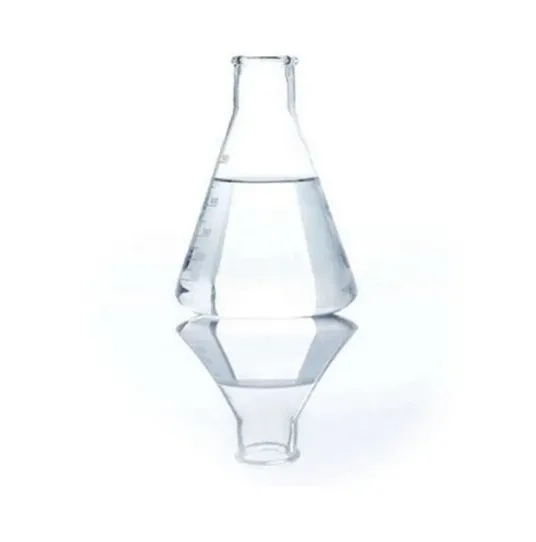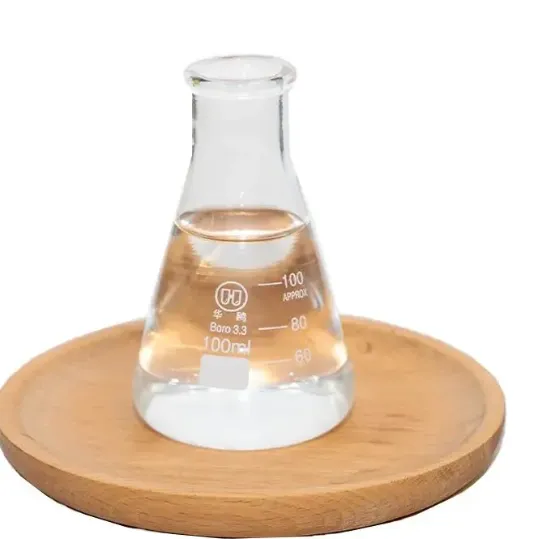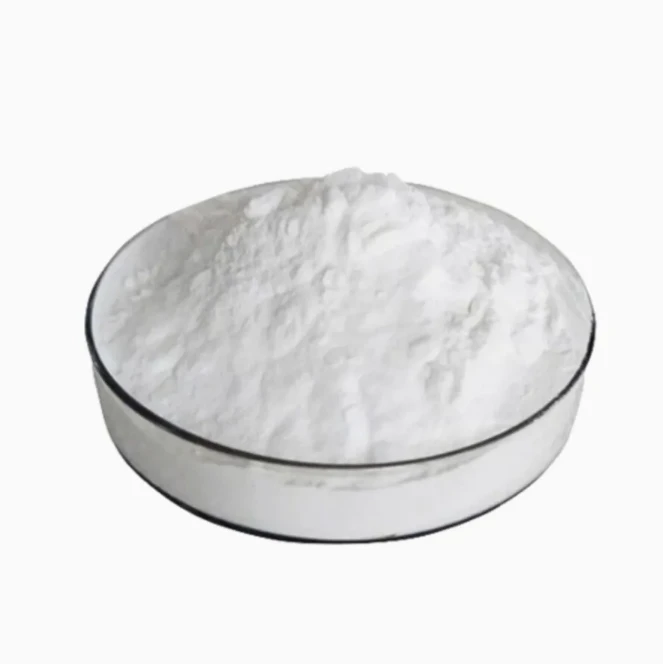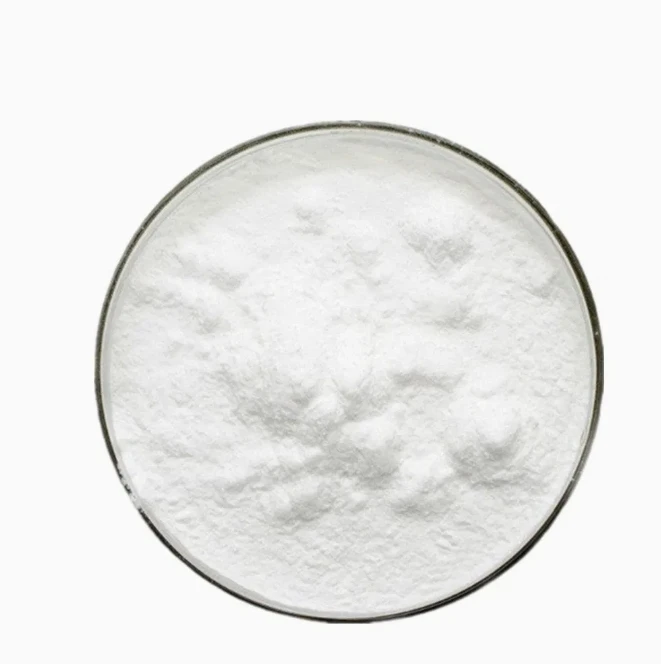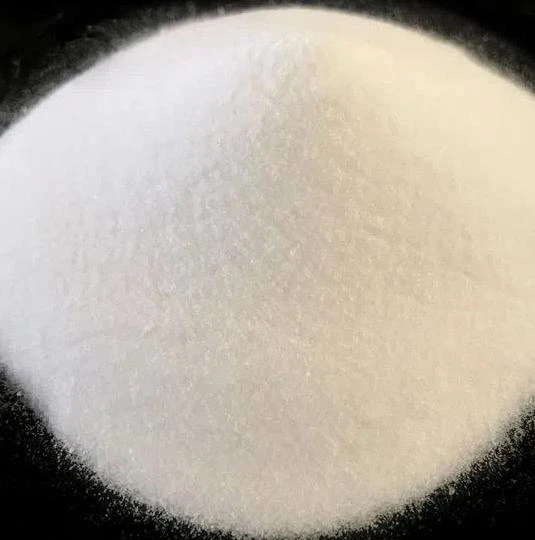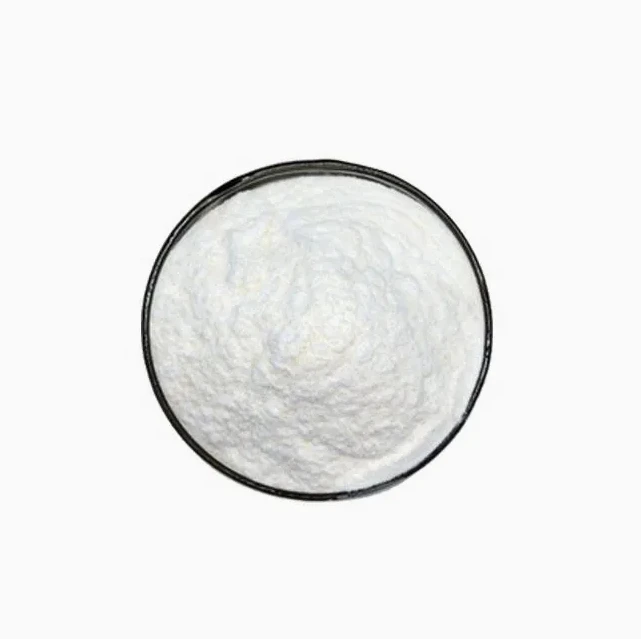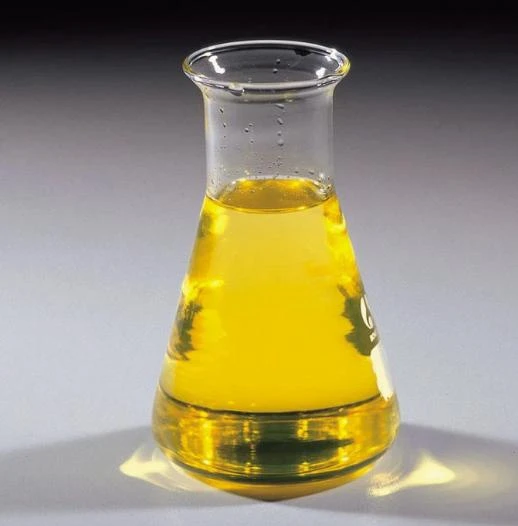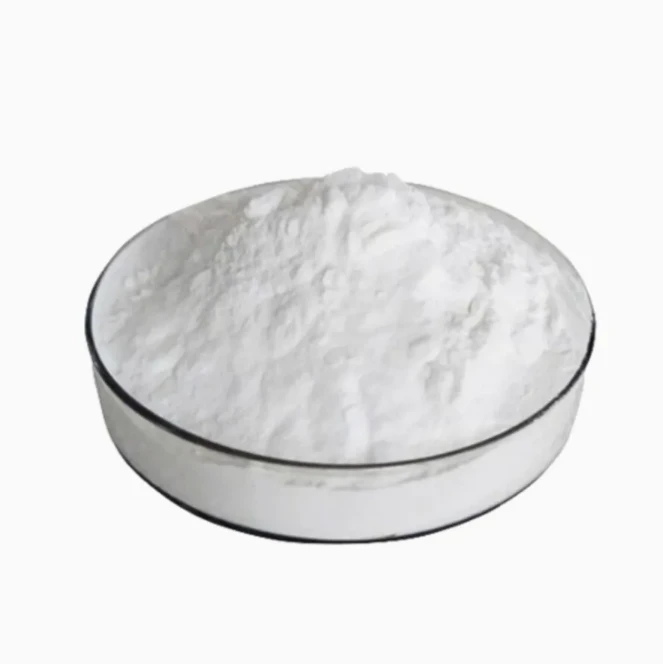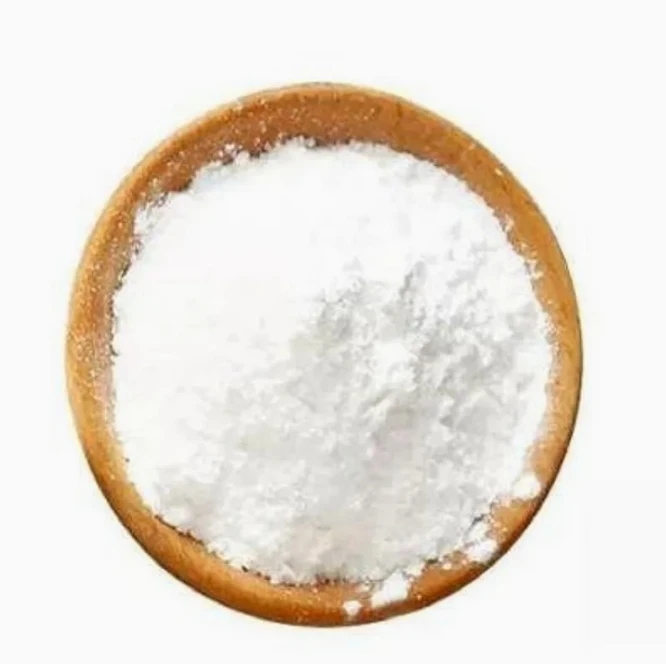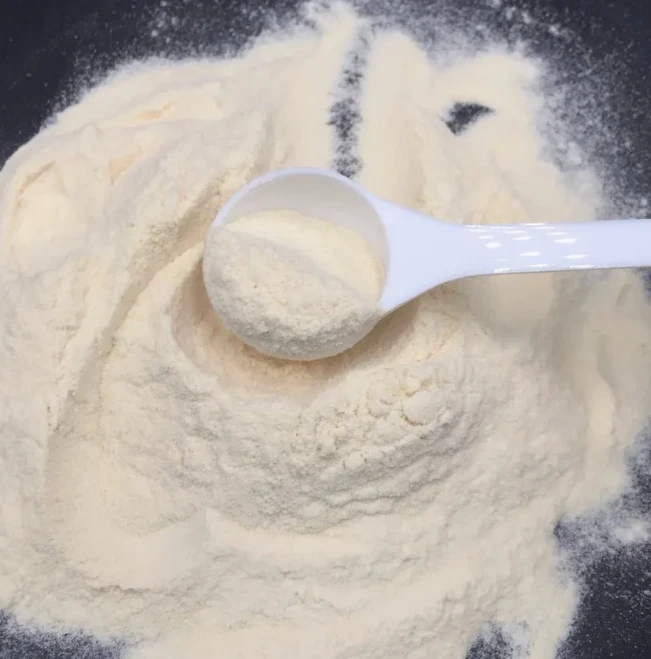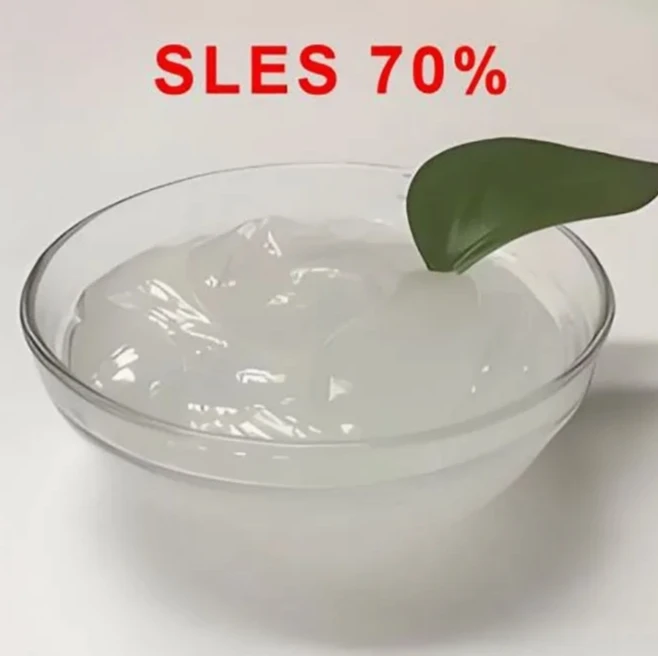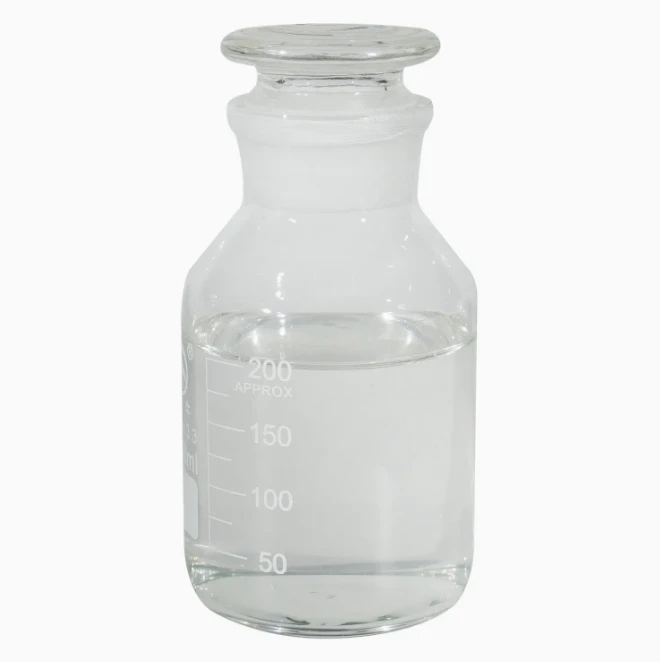 Imeeli: sale@hebeidisha.com
Imeeli: sale@hebeidisha.com
 Tẹli: +86 13315186550
Tẹli: +86 13315186550
- Afirika
- Ede Albania
- Amharic
- Larubawa
- Ara Armenia
- Azerbaijan
- Basque
- Belarusian
- Ede Bengali
- Ede Bosnia
- Bulgarian
- Catalan
- Cebuano
- China
- China (Taiwan)
- Corsican
- Ede Croatian
- Czech
- Danish
- Dutch
- English
- Esperanto
- Estonia
- Finnish
- Faranse
- Frisia
- Galician
- Georgian
- Jẹmánì
- Giriki
- Gujarati
- Haitian Creole
- hausa
- ara ilu Hawaiani
- Heberu
- Bẹẹkọ
- Miao
- Ede Hungarian
- Icelandic
- igbo
- Ede Indonesian
- Irish
- Itali
- Japanese
- Javanese
- Kannada
- Kasakh
- Khmer
- Ede Rwandan
- Korean
- Kurdish
- Kirgisi
- TB
- Latin
- Latvia
- Lithuania
- Luxembourgish
- Macedonian
- Malgashi
- Malay
- Malayalam
- Èdè Malta
- Maori
- Marathi
- Mongolian
- Mianma
- Nepali
- Norwegian
- Norwegian
- Occitan
- Pashto
- Persian
- Polish
- Portuguese
- Punjabi
- Romanian
- Russian
- Samoan
- Scotland Gaelic
- Ede Serbia
- English
- Shona
- Sindhi
- Sinhala
- Slovakia
- Slovenia
- Somali
- Ede Sipeeni
- Ede Sundan
- Swahili
- Swedish
- Tagalog
- Tajik
- Tamil
- Tatar
- Telugu
- Thai
- Tọki
- Turkmen
- Ukrainian
- Urdu
- Uighur
- Uzbekisi
- Vietnamese
- Welsh
- Egba Mi O
- Yiddish
- Yoruba
- Zulu
Lactic Acid
Lactic acid is a hydroxycarboxylic acid with the chemical formula C3H6O3, belonging to alpha hydroxy acids (AHA). Lactic acid contains hydroxyl groups, and in aqueous solution, its carboxyl group can release a proton to produce lactate ions. Lactic acid is an important organic compound with multiple uses.
Lactic acid is an important organic acid, second only to citric acid in terms of production and consumption. Data shows that the consumption of lactic acid accounts for about 15% of the total consumption of organic acids.


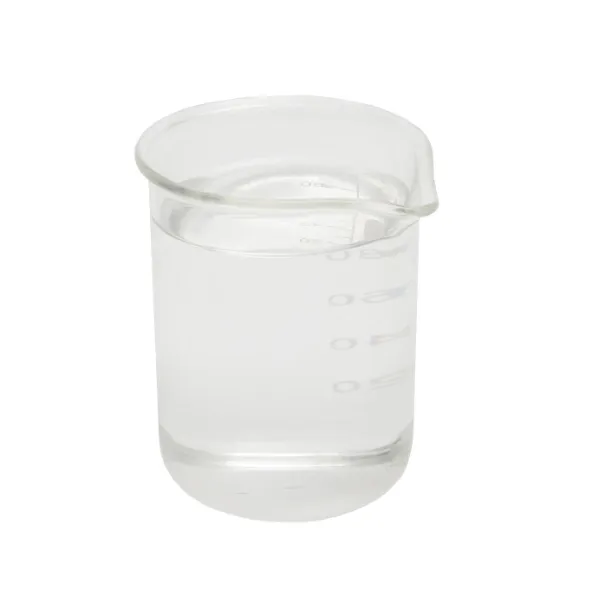

Due to its gentle and stable acidity, lactic acid contributes to the flavor of food and is widely used in the food industry as an acidifier, preservative, and reducing agent. It can be used for the production of refreshing beverages, candies, and pastries, as well as for the processing and preservation of fish, meat, and vegetables. Compared with edible acids such as citric acid and malic acid, it has strong competitiveness. In the United States, lactic acid has largely replaced citric acid, phosphoric acid, and other soft drinks. In beer manufacturing, the United States prohibits the use of inorganic acids such as phosphoric acid to adjust pH and instead uses lactic acid. One quarter of the world's lactic acid is used to produce stearic acid esters. Its salts, calcium stearoyl lactylate (CSL) and sodium stearoyl lactylate (SSL), are widely used in bread processing, which not only makes the bread texture soft and delicate, but also extends its shelf life.
Food industry: L-lactic acid is widely used in the food industry as an acidifier, preservative, pH regulator, fungicide and preservative in beer due to its no side effects on the human body and easy absorption. L-lactic acid and its derivatives such as calcium lactate, ferrous lactate, potassium lactate, and sodium lactate are also used as flavor enhancers, solidifiers, leavening agents, nutritional supplements, etc.
Ile-iṣẹ oogun: L-lactic acid can be directly formulated into drugs or made into lactate for use, with strong bactericidal effects. It can be used as a disinfectant in indoor and outdoor environments, food, operating rooms, wards, laboratories, workshops, and other places. L-lactic acid, L-lactic acid sodium, glucose, amino acids, and other compounds are formulated as intravenous fluids, which can treat acidosis and hyperkalemia. L-lactic acid iron, L-lactic acid sodium, and L-lactic acid calcium are good drugs for supplementing metal elements, and poly (L-lactic acid) can be used to produce sustained-release capsule formulations.
Light industry and chemical industry: L-lactic acid can be used as a dyeing aid for textiles and as a fine metal cleaner in the electronics, aerospace, and semiconductor industries. Lactic acid and sodium lactate can be used as moisturizing agents, skin whitening agents, pH regulators, moisturizers, antibacterial agents, emulsifiers, and stabilizers in cosmetics and hygiene products to improve product quality.
Agriculture: L-lactic acid can be used as a plant growth vitality agent, aquatic microbial agent, etc. in agriculture and fisheries, with very attractive development prospects. Biodegradable plastics made by copolymerizing polylactic acid with other materials can be used to produce slow-release pesticides, prolong the action time of pesticides, and have no toxic effects on crops and soil.
A ni ọpọlọpọ awọn ile-iṣelọpọ giga-giga pẹlu ifowosowopo jinlẹ, eyiti o le fun ọ ni awọn ọja to gaju ati awọn idiyele ifigagbaga. Ati pe a tun le fun awọn ẹdinwo fun awọn rira olopobobo.Ati pe a ṣe ifọwọsowọpọ pẹlu ọpọlọpọ awọn ile-iṣẹ gbigbe ẹru ẹru ọjọgbọn, le fi awọn ọja ranṣẹ lailewu ati laisiyonu si ọwọ rẹ. Akoko ifijiṣẹ jẹ nipa awọn ọjọ 3-20 lẹhin ijẹrisi isanwo.
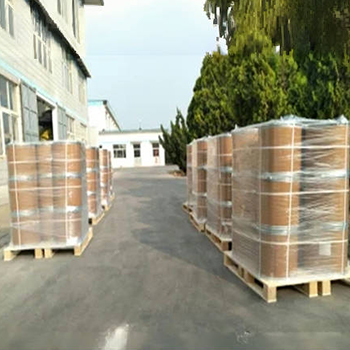
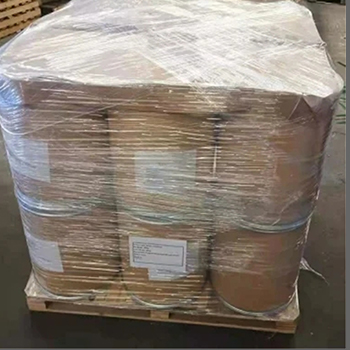
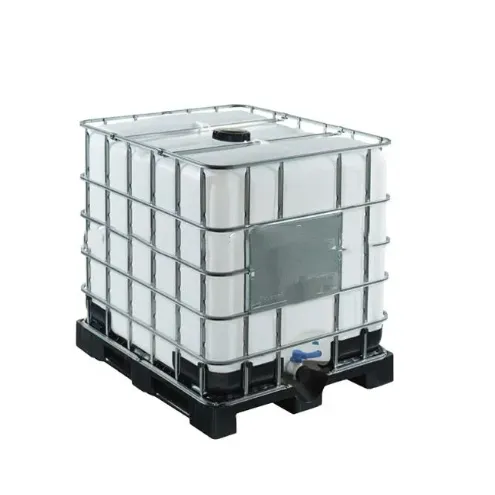
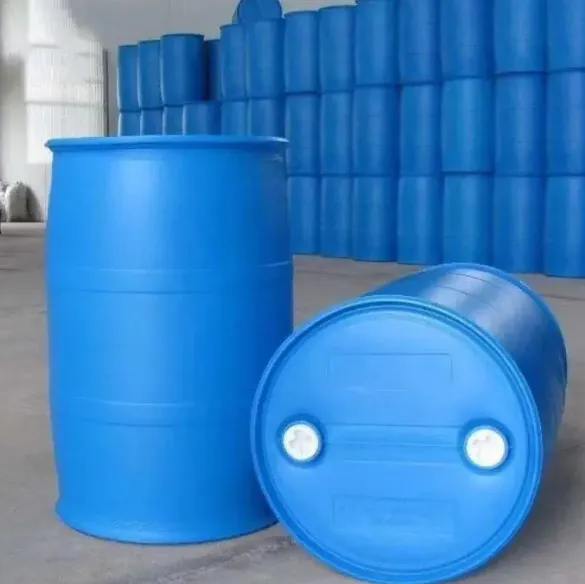
| Nkan | Unit | Quality Standards | Analysis Results |
| Color Appearance Smell Chromaticity |
Hazen | Colorless to pale yellow, Transparent liquid,No odor or slightly characteristic odor, Max.100 | Light yellow Transparent liquidNo odor<100 |
| Idanimọ | --- | Pass Test | Pass |
| Lactic acid content | % w/w | 95%-105% | 80.20 |
| L(+)Lactic acid to total lactic acid content | % L(+) | Min. 97.5 | >97.5 |
| Burning residue | % w/w | Max. 0.1 | 0.04 |
| Chloride | ppm | Max. 20 | <20 |
| Sulfate | ppm | Max. 50 | <50 |
| Iron | ppm | Max.10 | <10 |
| Reducing substances (sugars) | --- | Pass Test | Pass Test |
| Citric acid, oxalic acid, tartaric acid and phosphoric acid | --- | Pass Test | Pass Test |
| Easy Carbon Compounds | --- | Pass Test | Pass Test |
| Cyanide | mg/kg | Max. 1 | <1 |
| Lead | mg/kg | Max. 2.0 | 0.5351 |
| Arsenic | mg/kg | Max. 1.0 | 0.6315 |

1. Ṣe o jẹ ile-iṣẹ tabi ile-iṣẹ iṣowo kan?
A jẹ ile-iṣẹ iṣọpọ compnay ati iṣowo, ti n pese iṣẹ iduro kan.OEM le gba.
2. Ṣe o pese awọn ayẹwo? Ṣe o jẹ ọfẹ tabi afikun?
Awọn ayẹwo ọfẹ.Ọya ẹru ọkọ ayẹwo naa nilo lati san nipasẹ ẹgbẹ rẹ.
3. Ṣe o ni awọn iwe-ẹri eyikeyi ti o ni ibatan si iṣakoso didara?
ISO 9001: 2008 iwe-ẹri lati rii daju didara.
4. Kini MO yẹ ki n pese lati gba agbasọ ọrọ kan?
Pls sọ fun wa iru ọja ti o nilo, iwọn ibere, adirẹsi ati awọn ibeere pataki.Itọkasi yoo ṣee ṣe fun itọkasi rẹ ni akoko.
5. Iru ọna sisan wo ni o fẹ? Iru awọn ofin wo ni a gba?
Awọn ofin Ifijiṣẹ ti a gba: FOB, CFR, CIF, EXW;
Ti gba Owo Isanwo:USD;
Ti gba Isanwo Isanwo: T/T,Western Union; Paypal, Iṣowo Iṣowo.
Ede Sọ: Gẹẹsi.
Awọn ẹka ọja

